Table of Contents
ToggleHierarchy of Law in the United States
The United States legal system is composed of two basic levels – federal law and state law. Federal laws apply to the entire nation while state laws can only be enforced within state boundaries.
As federal law is applicable nationwide, many people assume that federal law always trumps state law, but it’s not that simple.
There are certain circumstances where state law prevails, and others where federal law takes precedence. When state and federal law are in conflict with each other, the Supremacy Clause takes effect.
Federal law
The United States Constitution forms the basis for federal law. It establishes the government’s powers and guarantees the rights of citizens. These rights are inalienable, which becomes important when considering the preemption doctrine.
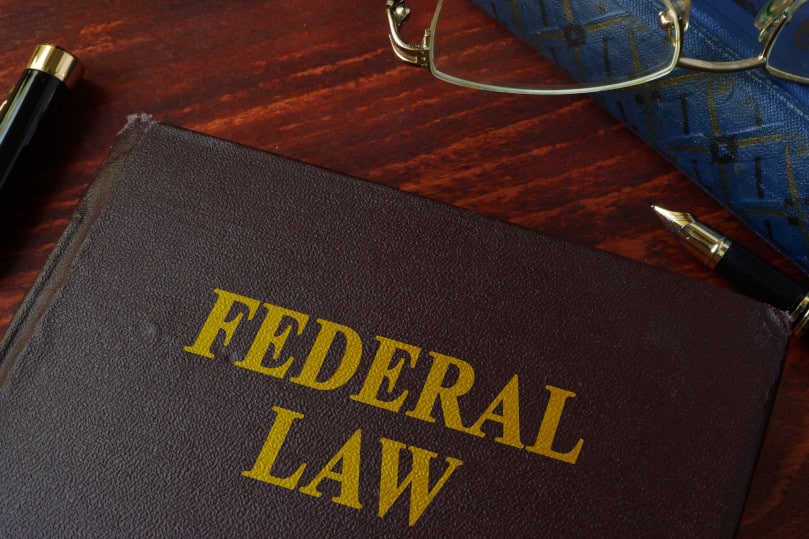
State law
State law applies to residents, visitors, and any other organizations within the boundaries of a state. While state laws cannot reduce or restrict the constitutional rights of United States citizens, they can confer additional liberties.
When additional liberties are afforded to residents of a state, such as legalizing recreational marijuana, the state law often prevails, granted it does not infringe on fields under the federal government’s specific remit.

Get Smarter on US News, History, and the Constitution
Join the thousands of fellow patriots who rely on our 5-minute newsletter to stay informed on the key events and trends that shaped our nation's past and continue to shape its present.
The Supremacy Clause
The Supremacy Clause, found in Article VI, Clause 2 of the United States Constitution states that the Constitution and federal law supersede state laws. Additionally, Article I, Clause 8 of the Constitution outlines Congress’s powers.
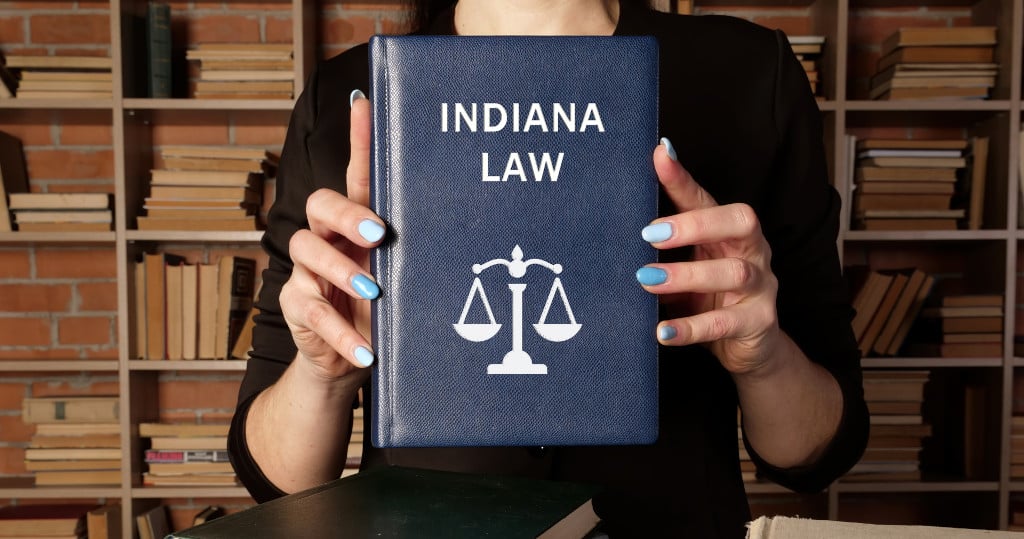
Certain issues are exclusively handled by Congress, including currency, immigration, and bankruptcy, and states cannot create their own laws in these areas. Congress also retains authority for any matters that may cross state lines.
States have the right to rule matters within their own borders, as long as the state legislature does not impede on exclusively federal powers or infringe upon constitutional rights.
The Preemption Doctrine
The Preemption Doctrine arose from the Supreme Court case Altria Group v. Good, 555 U.S. 70 (2008). In this case, the Supreme Court ruled that state laws found to be in conflict with federal laws are powerless.

However, despite ruling in favor of federal law being the higher authority, this doctrine advises that courts should lean toward siding with the state rather than federal authority whenever ambiguity is present.
During Altria Group v. Good, the Supreme Court considered the difference between various forms of preemption and outlined methods to determine if Congress had intended for federal law to preempt any state laws.
These forms of preemption are express preemption, implied preemption, conflict preemption, and field preemption.
Express preemption
Express preemption occurs when Congress asserts that a statute preempts federal law, typically including a preemption clause in the written statute.
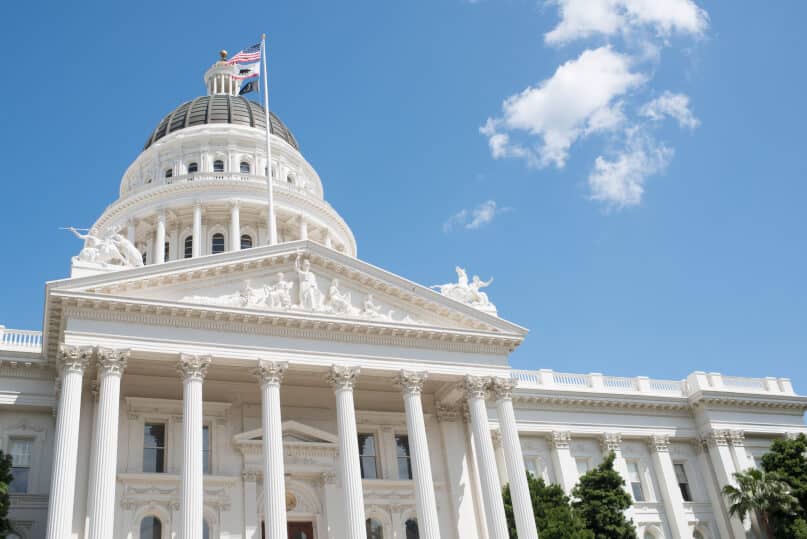
To determine express preemption, the state law in conflict must be evaluated to determine if the issue falls within the scope of what Congress intended with the federal law.
Implied preemption
When Congress does not explicitly include a provision for preemption in the written statute, it may be the case that federal law preempts state law.
When the state and federal laws directly conflict or when a federal law already governs the field state law tries to regulate, implied preemption can cause a court to err on the side of the federal law.
Conflict preemption
Sometimes, conflicts may arise between federal and state laws when they directly contradict each other.
This can make it impossible to comply with both laws, or create a situation in which an individual violates one law to comply with the other. In these situations, preempting state law is necessary.
Field preemption
Field preemption occurs when federal laws cover a field of law so thoroughly that there is no room for the states to alter it. Currency, immigration, and bankruptcy law are three examples of this.
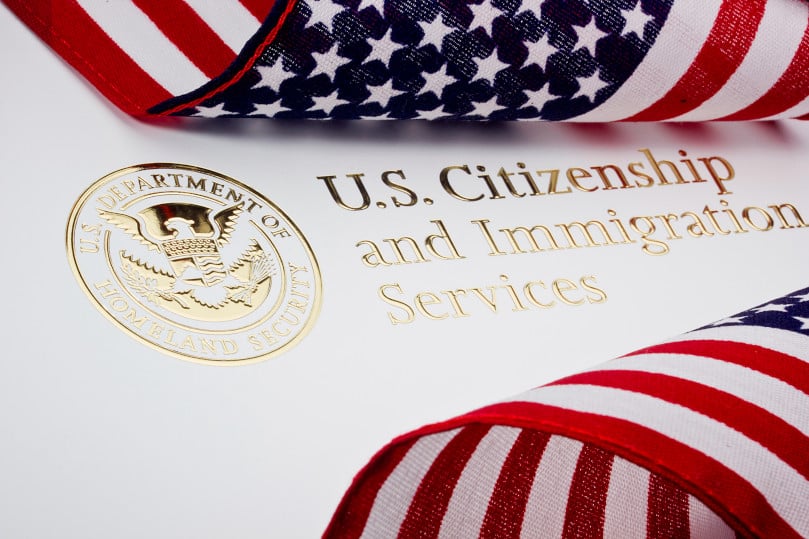
Rules for regulatory preemption
President Clinton’s August 4, 1999 Executive Order 13132, “Federalism,” outlines a policy for handling conflict between federal and state law. In Section 4, preemption is addressed, granting three situations for federal law to preempt state law. These are:
- In cases of express preemption
- In cases of intended preemption with clear evidence
- In cases where the state law directly impedes the regular enforcement of federal law.
When State Law Prevails
Put simply, state law prevails when it affords residents within its boundaries additional liberties without impeding on federally governed fields of law. This means that sometimes, there may be a contradiction between federal and state law.

As long as federal laws exist, it is possible for the federal government to supersede state law. For example, several states have legalized recreational marijuana use. This is still federally illegal, though in certain states, it can be bought readily from dispensaries.
While the federal government can choose to step in and enforce federal laws when state laws allow additional liberties, it does not always happen.
It is for this reason, that we see states that allow recreational marijuana, or before gay marriage became legal federally, states allowed same-sex couples to marry.
Examples of Conflicts
Two of the most common examples of federal vs. state laws include gay marriage and marijuana usage. In these instances, there is a direct conflict between state and federal laws, both resulting in states being allowed to change their legislature to contradict federal regulations.
Same-sex marriage
Marriage has been a state issue, with minimum age requirements and processes to get licenses varying from locality to locality.
The Defense of Marriage Act, passed in 1996, specified that federal marriage benefits, such as filing joint income taxes or receiving spousal Social Security payments, would be exclusive for heterosexual couples, even if states legalized same-sex marriages.

While same-sex marriage is now legal federally, this is a relatively recent development, only being changed in 2015. In 2004, Massachusetts became the first state to legalize same-sex marriages following a 2003 decision.
In this case, state law prevailed within state boundaries and the marriages were legally binding within Massachusetts. However, these marriages were not recognized outside state boundaries until later.
As the states granted more liberties than the federal law allowed when legalizing gay marriage, they took preemption within their borders.
Marijuana use
Recreational marijuana usage is still considered a federally controlled substance, but several states have ruled otherwise.
In some states, licensed dispensaries sell marijuana for recreational consumption, but have met challenges due to the federal laws. Despite being licensed, federal laws prohibit banks and credit card companies from doing business with them.
In decriminalized states, recreational users following state laws will not be penalized, but the federal government still retains the authority to intervene at any time.
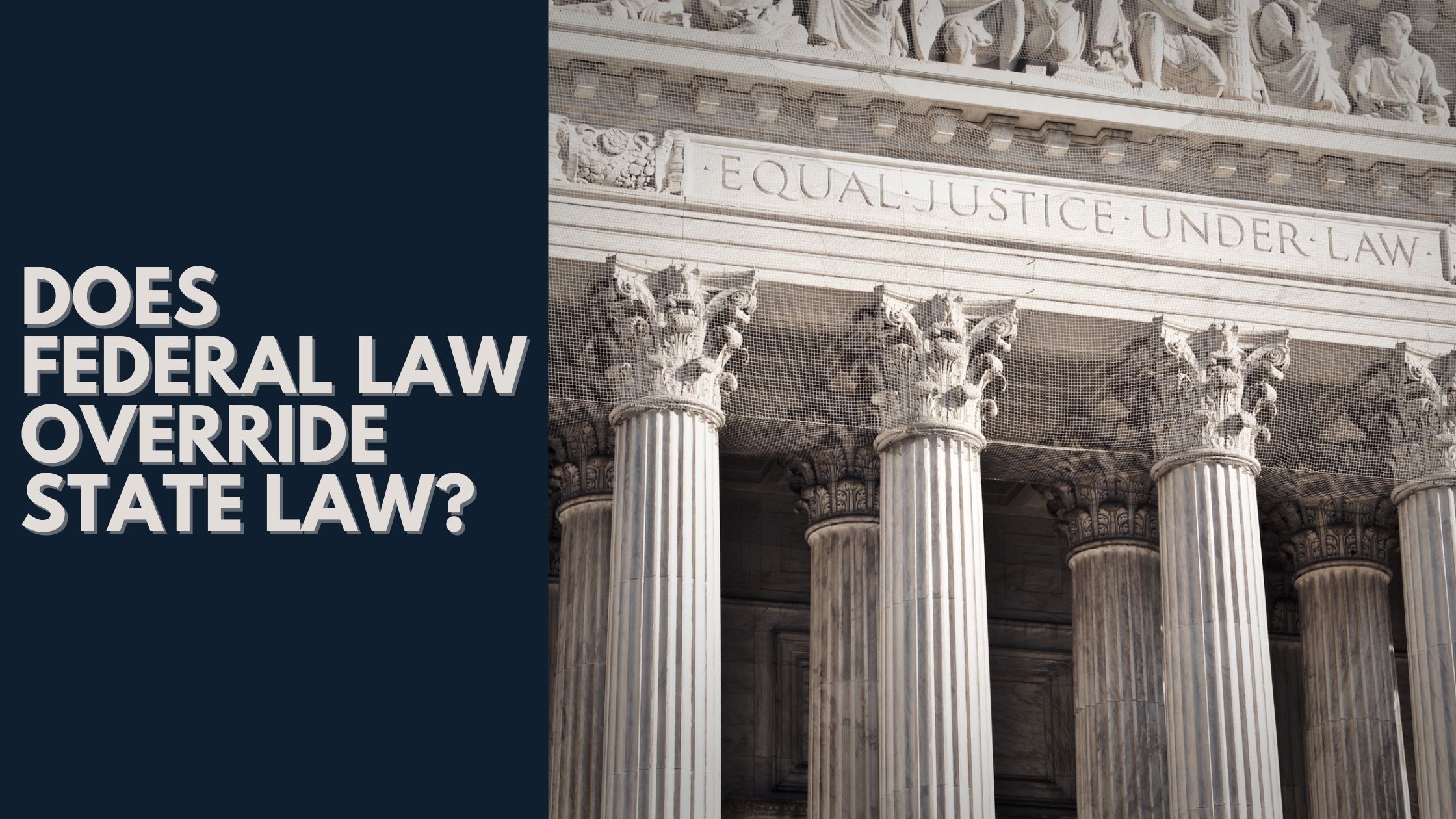

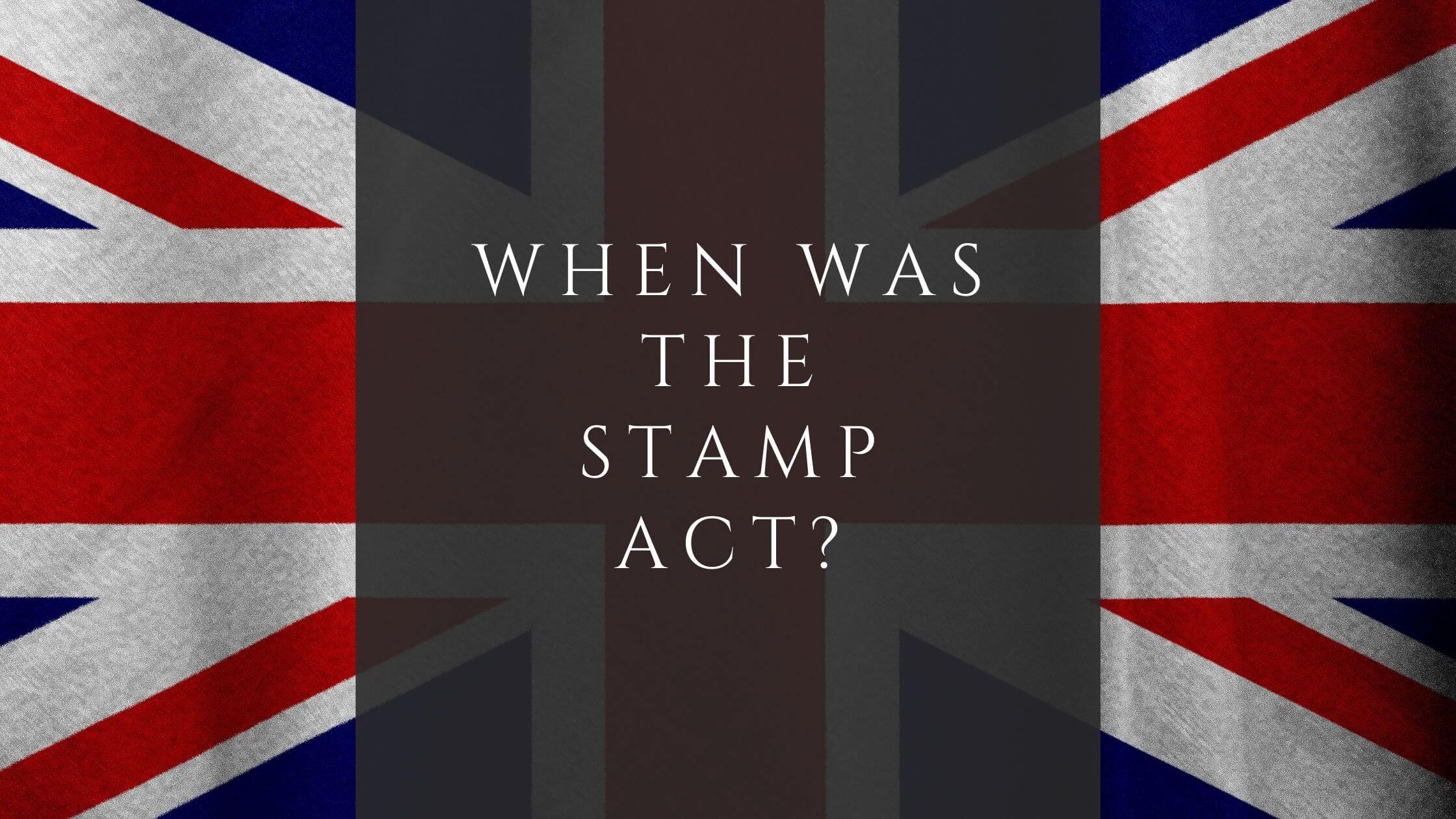









2 Responses
Q: if a federal Executive Order conflicts with a state statute, which prevails? And would the answer be different if the very same exact conflict were between a federal statute and a state statute?
Thanks
If a federal executive order conflicts with a state statute, the federal executive order prevails only if it was properly issued under clear federal authority (from the Constitution or Congress). Otherwise, the state statute prevails.
But if the conflict is between a federal statute and a state statute, the federal statute always prevails because of the Supremacy Clause in the U.S. Constitution.
So yes, the answer is different when comparing executive orders and statutes. Federal statutes clearly override state statutes. Executive orders only prevail if they’re directly supported by federal law or the Constitution.